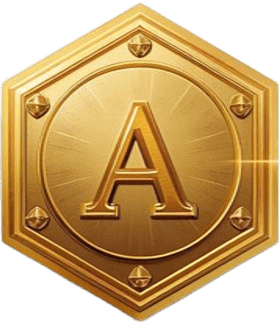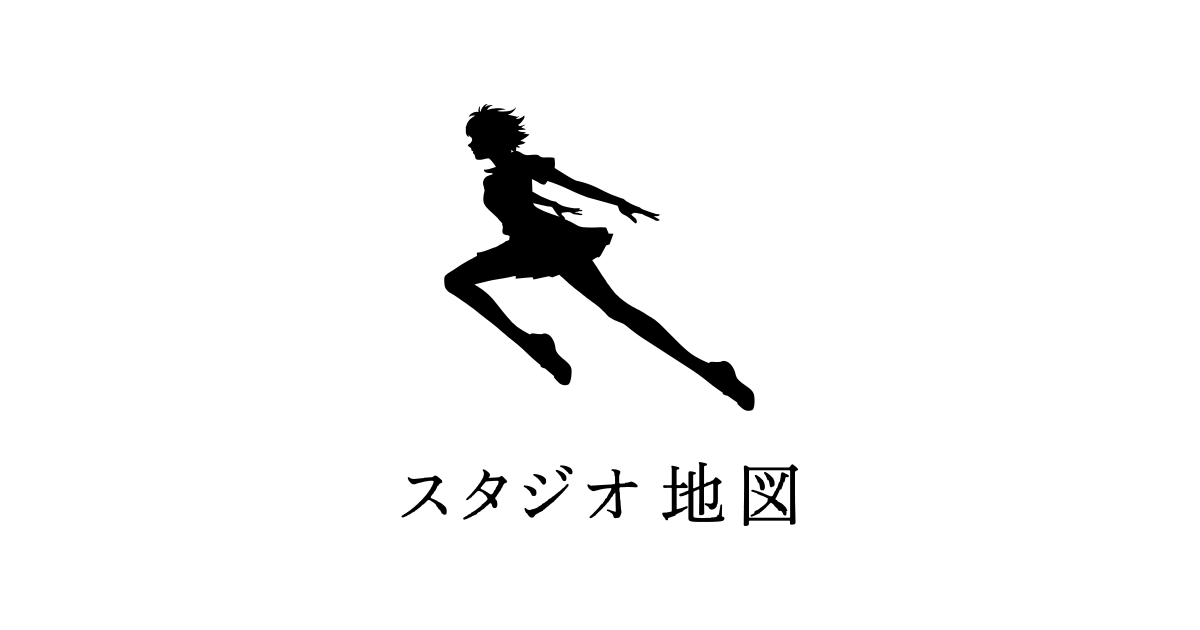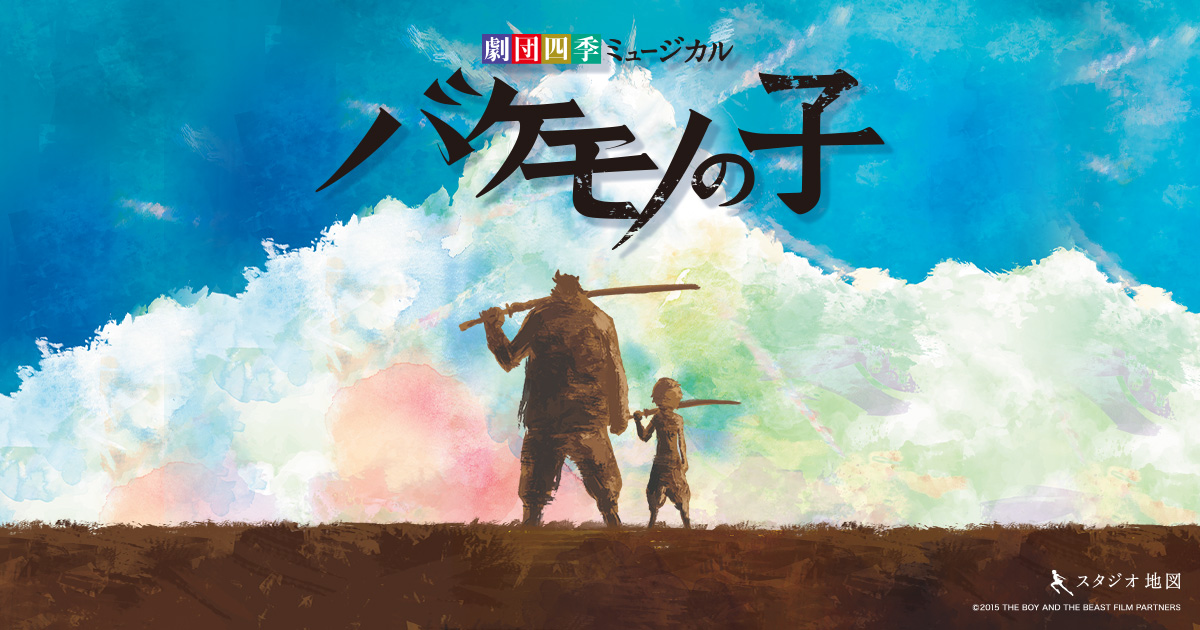To better understand its themes, it’s essential to note that the animated film “The Boy and the Beast,” directed by Mamoru Hosoda, was released in 2015.
The story takes place in two different worlds: the human realm and the world of beasts. It follows Kyuta, a lonely boy, and Kumate, a rough beast who becomes his mentor. Their first meeting is full of conflict, but as they spend time together, they develop a strong bond. This relationship feels like that of a real parent and child, which many viewers find moving.
The film also boasts stunning visuals, including a realistic recreation of Shibuya’s cityscape and vibrant depictions of uniquely charismatic monsters, which are major highlights.
It’s a moving story, loved across generations, that conveys the thrill of adventure and the preciousness of human bonds.
The Parent-Child Stories and Themes Depicted by Director Mamoru Hosoda
Director Mamoru Hosoda often explores universal themes in his films, especially the bonds of family and the parent-child relationship. These stories resonate with feelings that many people can relate to and often leave a lasting impression on viewers. In The Boy and the Beast, the main focus is the parent-child bond that forms between a lonely boy and a fierce beast, even though they are not related by blood. Their journey together encourages us to reflect on what truly makes a family.
For example, in Summer Wars, the power of family unity is depicted through a battle in the virtual world. Similarly, Wolf Children follows Hana, a single mother raising children fathered by a wolf man. Facing the challenges of raising both human and wolf children, Hana’s journey movingly conveys a parent’s unconditional love and strength.
Director Mamoru Hosoda’s works deeply draw audiences into the story through meticulous animation techniques and a worldview brimming with realism. By setting familiar cities like Shibuya as the stage, the difficulties and joys faced by the characters resonate more intimately.
As a result, Hosoda’s works transcend mere entertainment, prompting deep reflection on our own family dynamics. The stories woven by the director remain in the hearts of viewers, serving as enduring tales of the bond between parent and child that are passed down across generations.

Kūta and Kumateru’s Encounter and Master-Disciple Bond
The meeting between Kūta and Kumateru in The Boy and the Beast marks the beginning of the story, with their master-disciple bond lending profound depth to the entire film. The special relationship begins when the lonely boy Kūta accidentally wanders from the human world into the world of monsters, where he encounters the rough yet powerful Kumateru.
Kumatetsu is not only a mentor to Kyuta, but he also guides him through life. Their relationship shows a bond that is even stronger than family ties, built on deep trust. As Kyuta lives with Kumatetsu, he learns important life lessons and grows as a person. Their connection becomes even stronger as they face and overcome challenges together.
Director Mamoru Hosoda explores the universal theme of parent-child relationships through this work. By realistically portraying the struggles and joys in Kyuta’s growth process, the audience empathizes with their relationship, evoking a deep emotional response. Thus, the master-disciple bond between Kyuta and Kumatetsu forms the core of this film, prompting profound reflection in viewers.
The Contrast Between the World of Monsters and Human Society
The film The Boy and the Beast centers on the vivid contrast between human society and the world of monsters. The story begins when Kyuta, a boy who has lost his place in human society, wanders from the lonely human world into the vibrant realm of monsters.
Unlike the cold and strict human world, the monster world is open and full of adventure. When Kyuta meets Kumatetsu and becomes his student, he learns new values and ways of living that are very different from what he knew before. As Kyuta navigates between these two worlds and experiences their distinct cultures, viewers are encouraged to reflect on what it truly means to be oneself.
In this way, the work provides an opportunity for the audience to reexamine their own reality by contrasting the two worlds. Kyuta, drawn to the monster world yet ultimately choosing the path of living as a human, teaches us the importance of overcoming our own loneliness and inner conflicts to take a new step forward.
Production Background and Staff
Director and screenwriter Mamoru Hosoda, who helmed the animated film The Boy and the Beast, crafted a story centered on human growth and bonds, weaving a narrative that traverses two settings: the bustling streets of Shibuya and the fantastical realm known as Shibutenkai. The story’s framework emerged from his own screenplay, posing the universal question to audiences: “Everyone is a disciple, and everyone is a master.”
Bringing this grand tale to life was the diverse team supporting the director. Production was handled by Studio Chizu, founded with Hosoda at its helm.
Established in 2011, Studio Chizu is a relatively new animation studio known for consistently producing works by Mamoru Hosoda. Its defining characteristic is its dedication to creating theatrical animations. From Summer Wars and Wolf Children to Mirai, it has consistently explored themes like “family,” “growth,” and “connection” through high-quality visuals. Studio Chizu stands as a rare entity within Japan’s animation industry, achieving a balance between artistic integrity and commercial success.
The beings bridging the worlds of humans and monsters were depicted with a brushstroke combining warmth and strength. Art directors Takashi Omori and Yohei Takamatsu contrasted the realistic streets of Shibuya with the fantastical Shibuten Street, lending depth to the visuals.
Furthermore, it is the music that truly stirs the audience’s hearts. Masakatsu Takagi’s score resonates with the visuals, delicately echoing the city’s clamor, the master-apprentice dialogue, and the characters’ struggles and growth. Its melodies linger in the audience’s memory, sustaining the story’s resonance long after the credits roll.
The teamwork of everyone involved is what makes The Boy and the Beast more than just an adventure story. By working together and following the director’s vision, the creators have crafted a film that truly resonates with its audience.
Beyond animation, The Boy and the Beast also broke new ground with a bold stage adaptation.
The musical ‘The Boy and the Beast’ has already closed its run, but it was also adapted into a musical in collaboration with the Shiki Theatre Company. This project, where Studio Chizu and the Shiki Theatre Company—top runners in their respective fields—joined hands, was not merely an adaptation of an anime for the stage. At the time of its performances, it was a bold challenge undertaken during the difficult era of the COVID-19 pandemic: investing production costs on par with overseas works to create a new original piece.
By taking on this challenge, both companies sent a strong message to the audience. They showed that they value not just new technology, but also the joy and richness that culture and the arts bring to our lives. Even though the stage show is over, I believe the passion and creativity behind it will stay with many people and inspire future works.
In summary, The Boy and the Beast stands as a summer masterpiece by Director Mamoru Hosoda, maintaining its allure even a decade after release.
Director Mamoru Hosoda’s The Boy and the Beast remains a compelling story of growth and connection, resonating with audiences even a decade later.
The film follows Kuta and Kumatetsu—two lonely figures from different worlds—whose mutual growth forms a parent-child bond that challenges conventional definitions of family.
Realistic visuals and universal themes of parenthood ground the tale. Its legacy now extends beyond animation, influencing other media.
This emotionally powerful story remains a must-see as it continues to inspire reflection on family, identity, and belonging.








